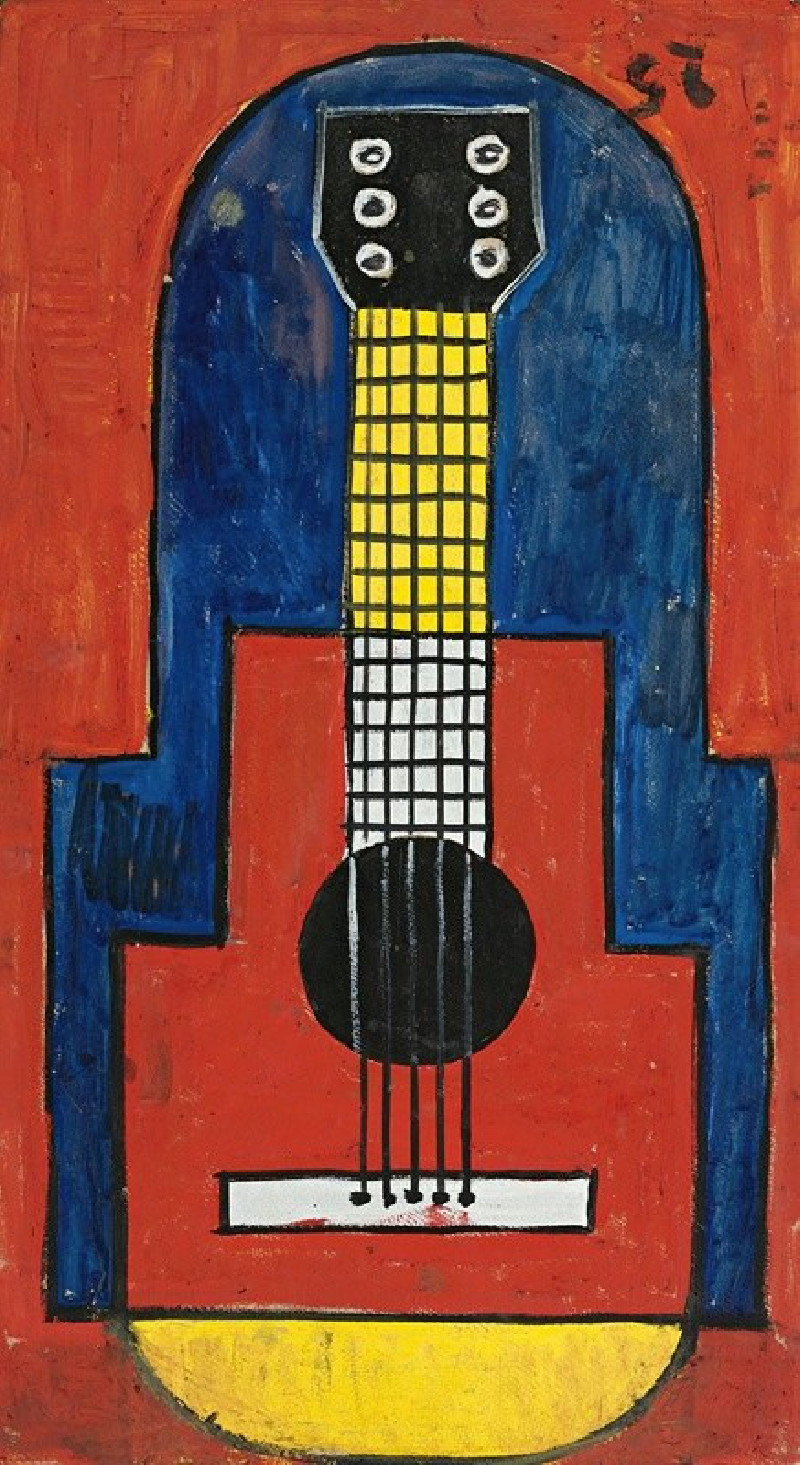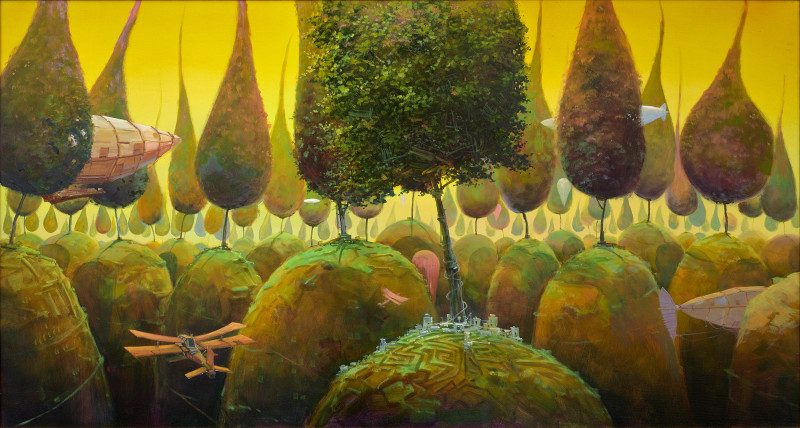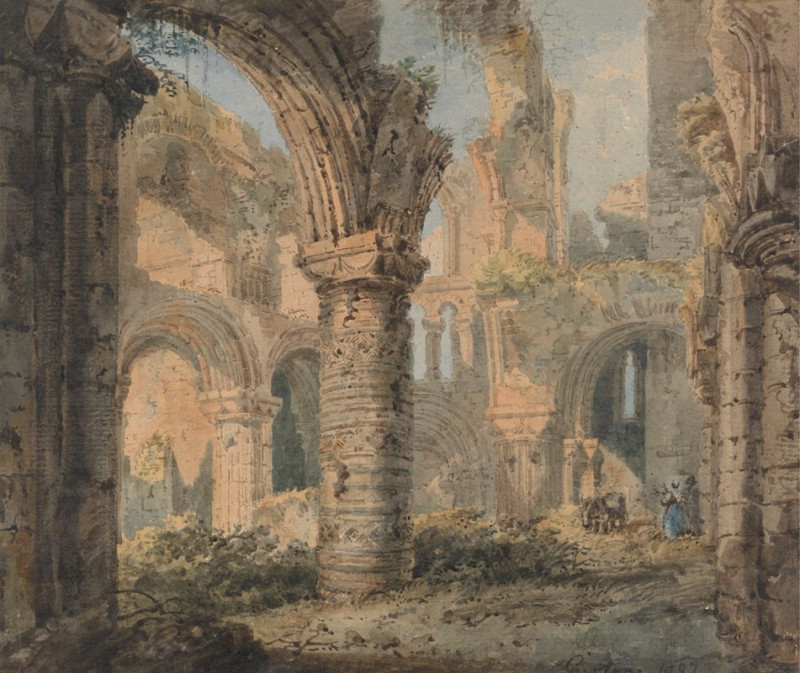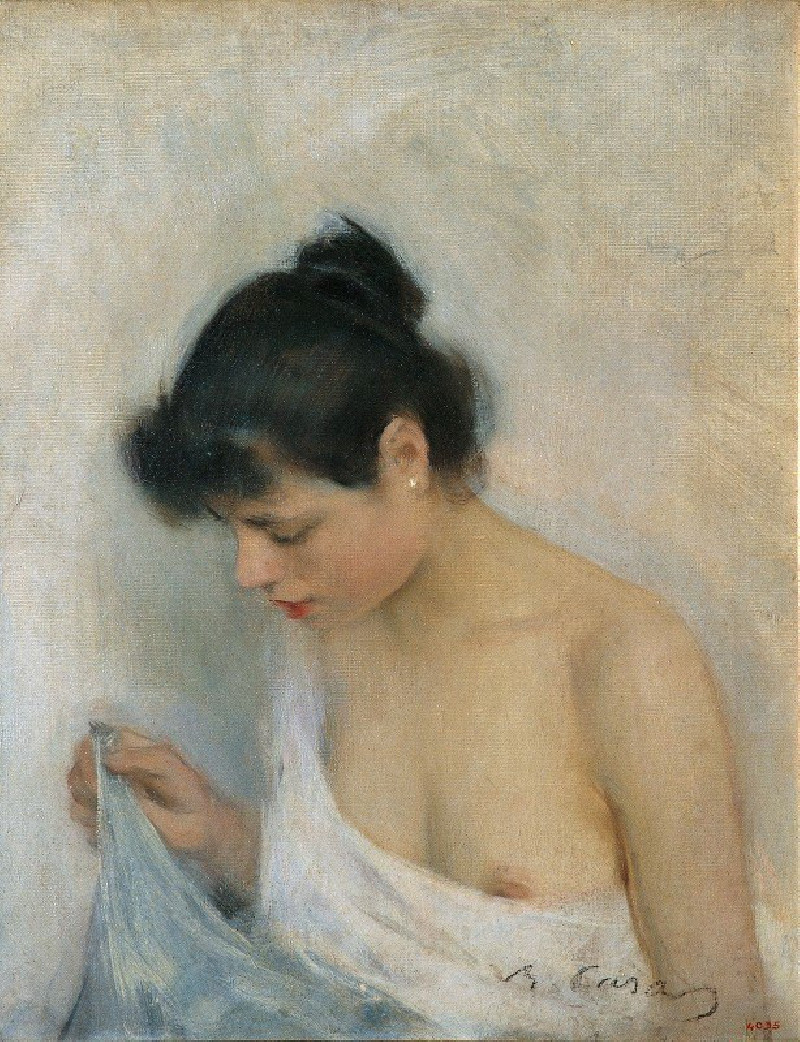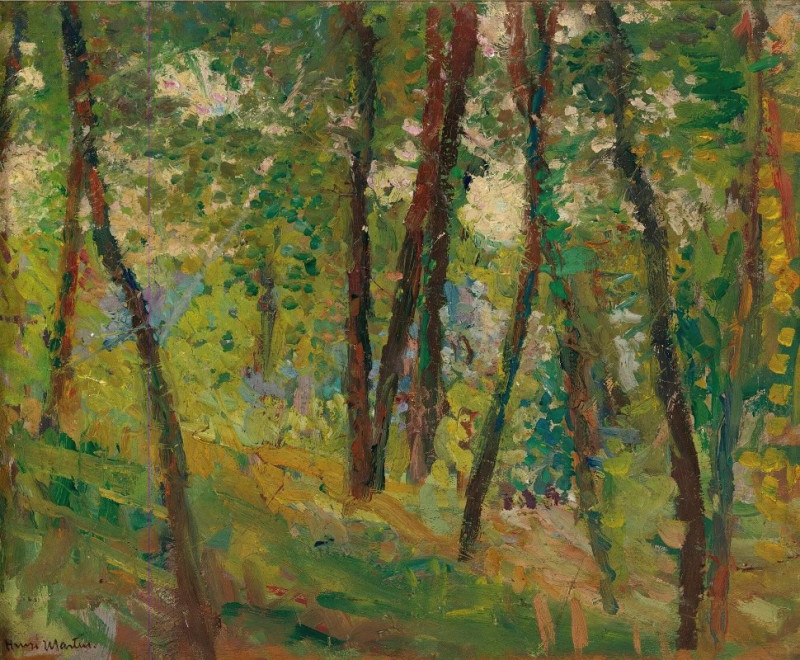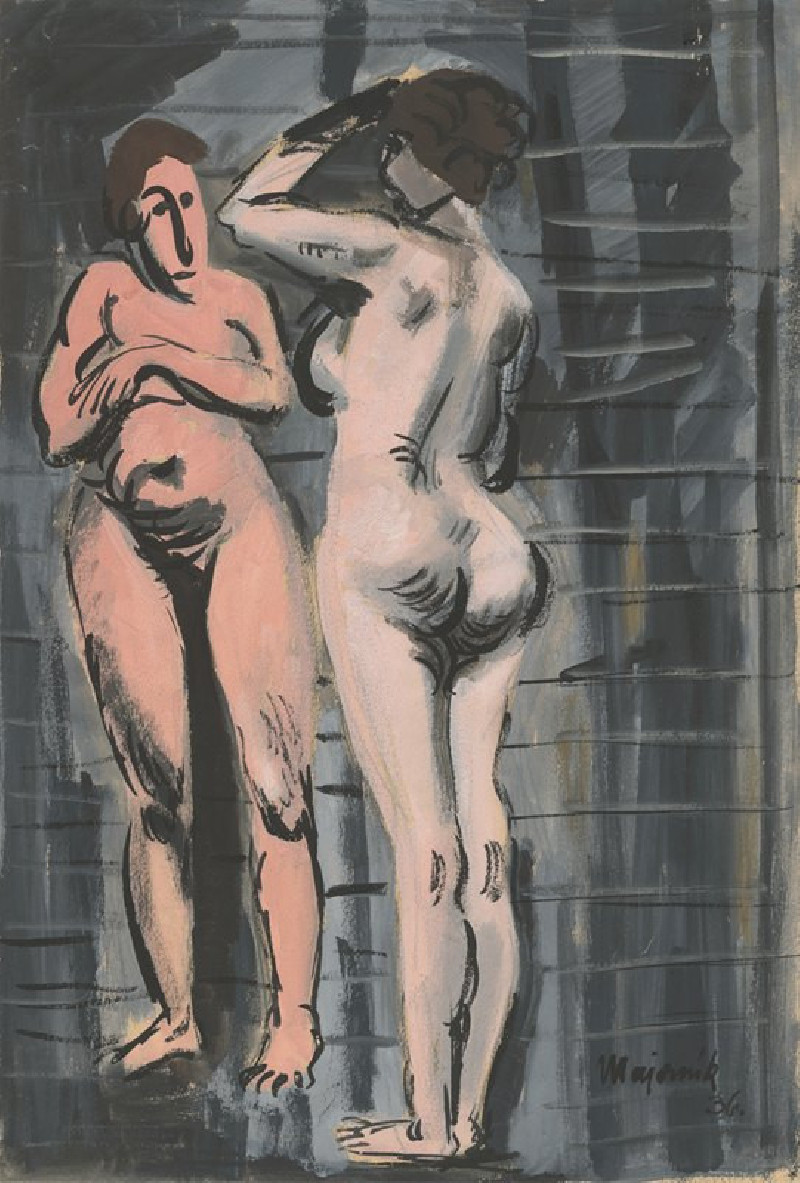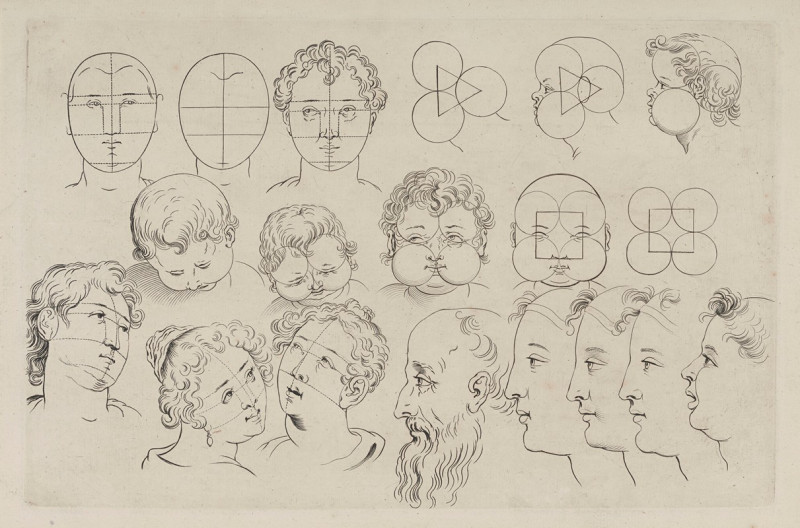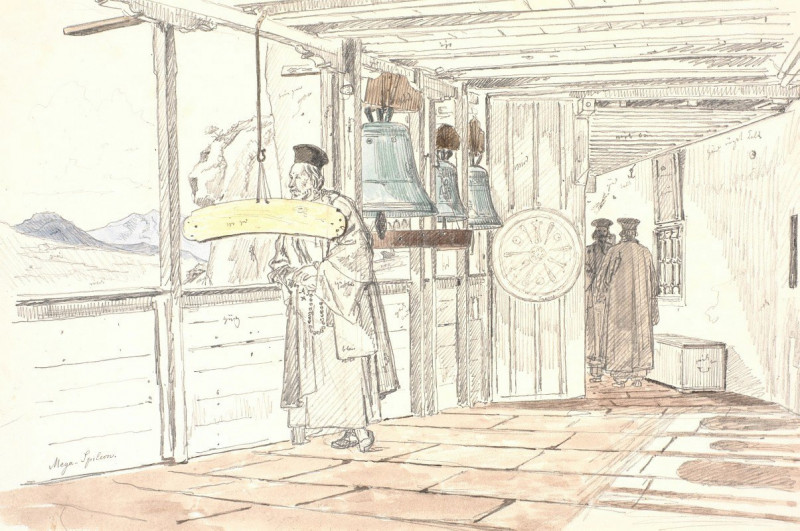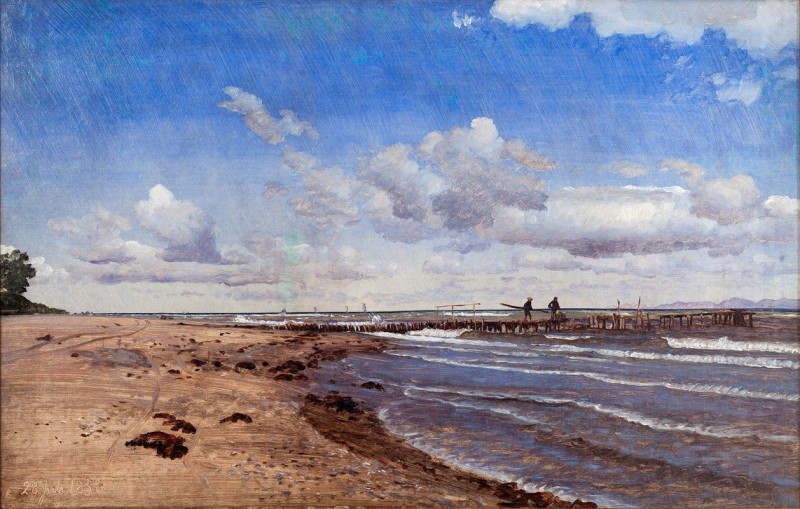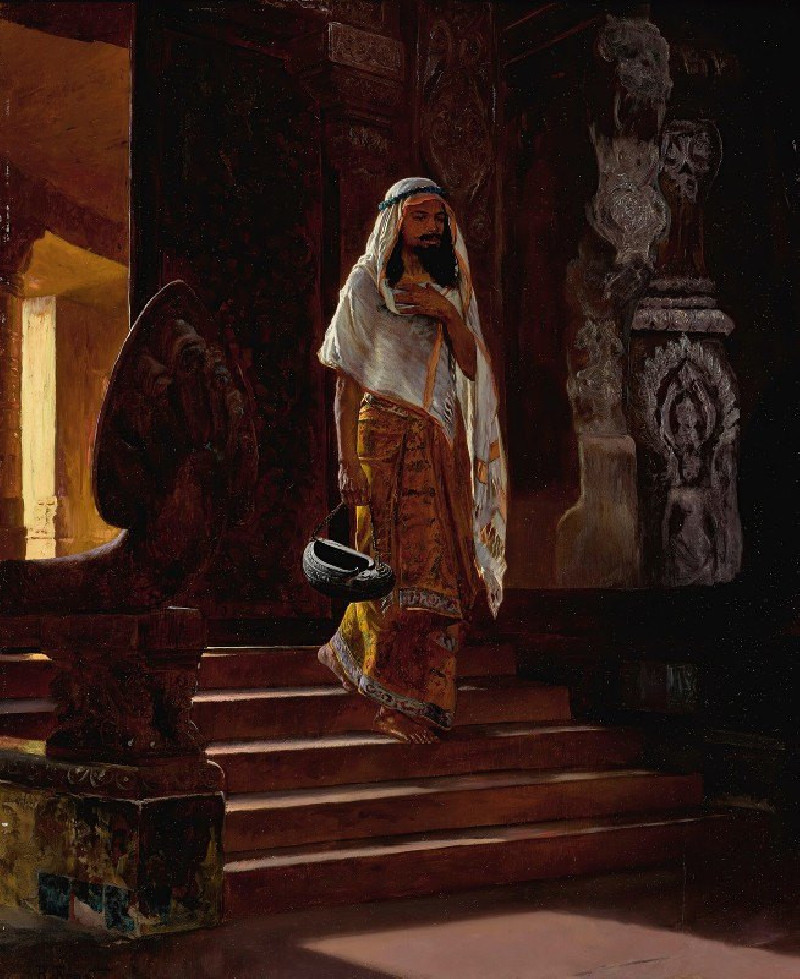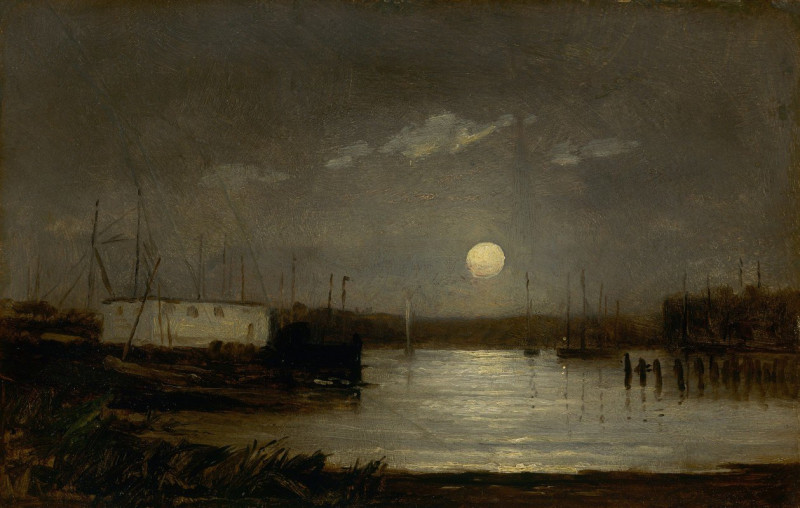Aktstudie (1907)
Technique: Giclée quality print
Recommended by our customers
More about this artwork
Ernst Ludwig Kirchner, a pioneering figure of German Expressionism, created the captivating artwork titled "Aktstudie" in 1907. This painting vividly encapsulates the essence of Expressionist art through its dynamic and emotionally charged portrayal of the human form.In "Aktstudie," Kirchner depicts a nude female figure sketched with bold, brisk lines that convey movement and an almost tactile texture. The figure sits hunched forward, with her arms gracefully enfolding her legs, creating a closed, introspective posture. The rough, sweeping strokes not only outline her form but also suggest a depth and complexity of emotion beneath the surface.The background, though minimally detailed, features abstract forms and wavy lines, subtly suggesting an indeterminate indoor setting. This simplicity focuses the viewer's attention squarely on the solitary figure, enhancing her emotional state's immediacy and intensity."Aktstudie" is more than a study of the human body; it is an exploration of sensibility, vulnerability, and the inner life of individuals.
Delivery
Returns
Ernst Ludwig Kirchner (1880–1938) was one of the most important German Expressionist painters. He was a co-founder of Die Brücke, a group of German expressionist artists formed in Dresden in 1905. Die Brücke and Kirchner took inspiration from Vincent Van Gogh and Edvard Munch, as well as African and Oceanic art. They used woodblock printing as a medium to showcase their signature style: flat, unrealistic images with vivid colors. The recurring themes in Kirchner's artworks included exotic cultures, faraway landscapes, self-portraits, dancers and Berlin street life. His paintings and prints effectively portrayed non-European cultures despite the fact that he never traveled outside of Europe.
































